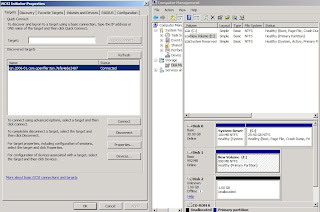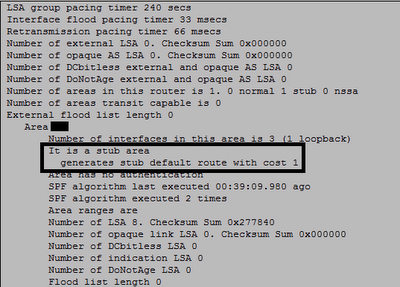 A friend of mine (a Server Manager in a large MNC) shared with me that I can potentially save more Windows 2008 licenses using Hyper-V. Before Hyper-V, you would need to purchase a server license for each VM. For example, if your host contains 4 VMs running Windows server 2003 using VMWare, you would need to purchase 4 copies of 2003 server license.
A friend of mine (a Server Manager in a large MNC) shared with me that I can potentially save more Windows 2008 licenses using Hyper-V. Before Hyper-V, you would need to purchase a server license for each VM. For example, if your host contains 4 VMs running Windows server 2003 using VMWare, you would need to purchase 4 copies of 2003 server license.With the introduction of Hyper-V, each edition of Windows 2008 server comes with a certain number of free VMs (with server license included!).
Number of free Hyper-V VM for each edition:
- Standard Edition: 1 free VM
- Enterprise Edition: 4 free VMs
- Data Center Edition: Unlimited
Look like Microsoft is "out" to kill VMWare with this huge carrot dangling. Another business partner from Dell also shared with me that he can bundle a much cheaper OEM Data Center edition if I buy new hardware from him.
With a little planning, we can actually save more on licensing if we use Hyper-V. VMWare indeed has wonderful features like v-motion - live migration, bare-metal performance etc. But not sure if we really need that, esp when 2008 also supports quick migration and R2 has improved performance significantly; AND these additional features I heard are not cheap. To me, Hyper-V is probably good enough for most pure Microsoft shops. For environment mixed with non-microsoft platforms, VMWare has cool P2V and V2V tools for Linux/Unix migration when Microsoft is still seriously lacking in this aspect (only Suse Linux is supported at this point). Conversely, one may argue that none of the Fortune 500 has deployed Hyper-V in production yet - but hey Hyper-V is only available in 2008, most servers today are still running 03.
What’s New in Windows Server 2008 R2?





